Too Much Brain?
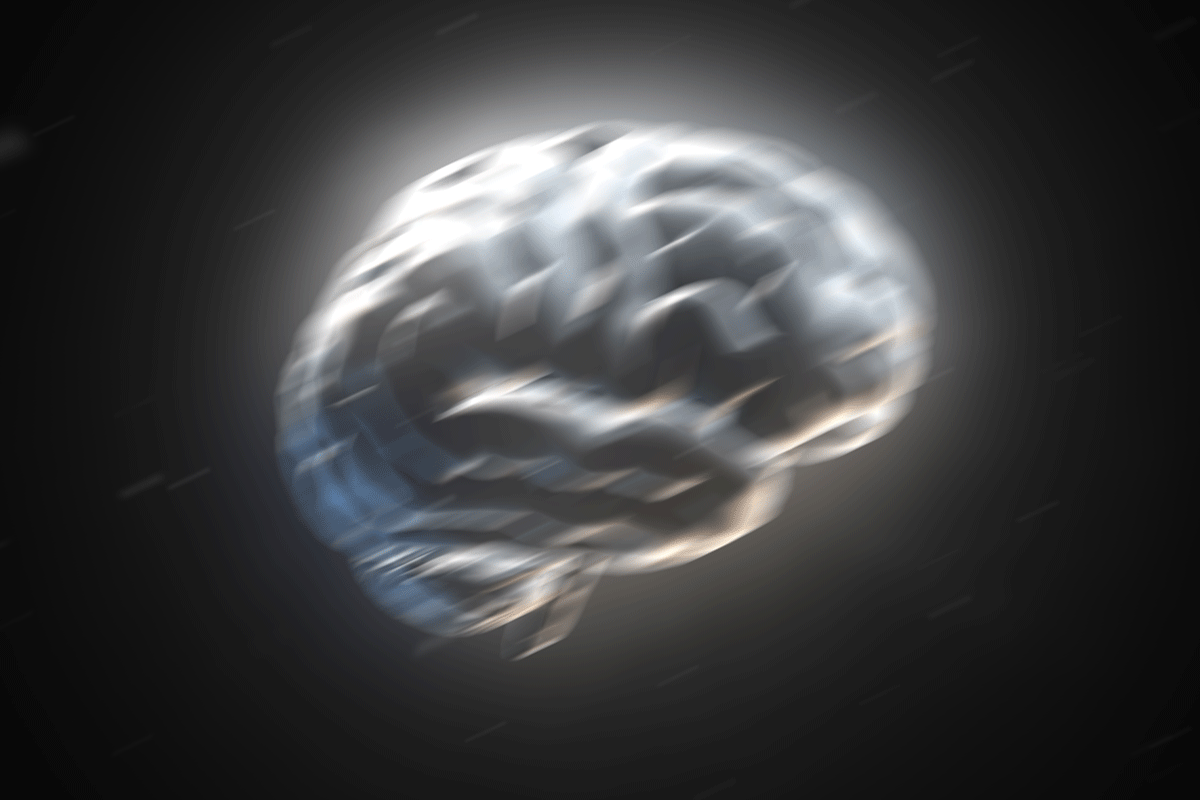
Imagine a small coffee shop, just getting by. They have their loyal customers and workers. The owner is a family man, and ekes out a middle class life. Then a bakery moves in next door. The bakery is a sudden hit. Because of the bakery, and the smells that drift into the coffee shop, the coffee shop starts to do more business.
People that come to the bakery notice the quaint little coffee shop, and remember it when they are later thinking about getting coffee. Some of the bakery customers bring their bread into the coffee shop, and come back because of the service and the coffee. As the bakery grows, so does the coffee shop. Soon the coffee shop owner invests in new equipment to keep up with the demand. He hires a few extra helpers to work during busy shifts.
Then something happens. The bakery is so successful, they need to move into another shop. The only one available is across town. The baker and the coffee shop owner never really got around to maybe joining forces. Perhaps both of them thought about it, but they never had the conversation. Now the coffee shop owner has a problem. With the shop next door now vacant, his customers will likely decrease as well. He has a problem referred to as excess capacity. Too much equipment and labor for too little demand.
Economic Examples

When business is booming, businesses scramble to keep up. They add equipment, labor, and everything they can do to keep up with demand. This is every business owner’s dream come true. They cannot keep up with growing demand. Everything they make sells out. The flip side, however, is a nightmare.
Business Cycles
Several books, doctoral dissertations and even a few Nobel prizes have been given out for theories describing the business cycle. (Don’t worry, we’ll get to some brain stuff soon!). The business cycle is essentially how the economy in general grows and contracts. Since growing economies are good, and contracting economies are bad, economic goofs who work for the government think they can lessen the pain by figuring out exactly why these boom-bust cycles persist. (In case you haven’t guessed, they are still as clueless, or pretending to be just as clueless as they’ve always been).
Brain Capacity
But the idea of booms and busts is not only limited to large economies. Instead of saying booms and busts, lets say over-capacity and under-capacity. On a very broad scale, cycles are part of everything. Moons, suns, tides, seasons, menstrual cycles, sports teams, pretty much everywhere you look, you’ll find cycles.
But the idea of cycles is not what we’re most interested in this post. Here, we’re most interested when something has grown for a long time, and the tide turns, and then it starts to shrink. We can differentiate these into two separate cases.
Closed System Cycles
Your lungs, your blood, your body, the delivery of O2 and removal of CO2 can be thought of a closed system. Since the relationship of the Earth’s atmosphere to your lungs is so huge, we can see your lungs as a system unto themselves. The inhale and exhale is a finely tuned cycle. There is no waste. There is no problems at the top of the cycle or at the bottom of the cycle. It’s like a perfect circle. The moon and the tides are the same. A perfectly looped system and continues on and on indefinitely. The tides have been going in and out before humans showed up, and will likely be going in and out long after humans have left.
Non Closed Systems
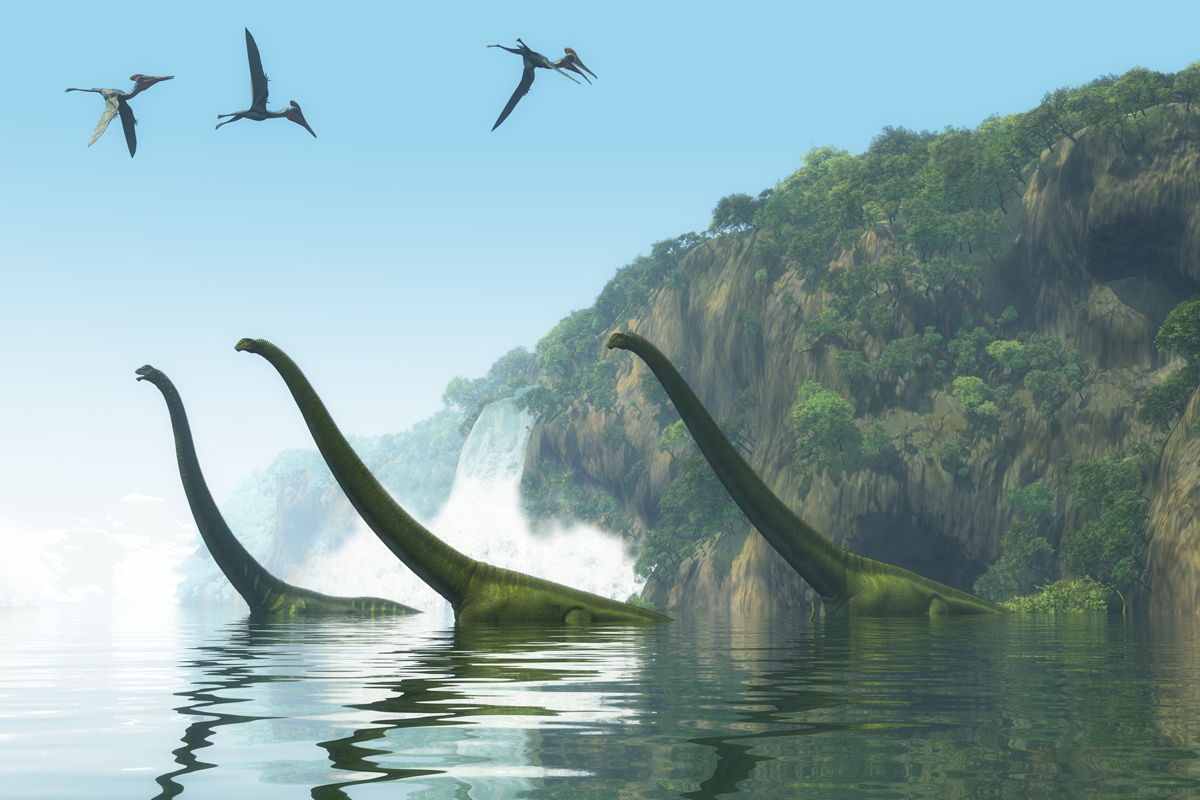
How to distinguish between these two is difficult. Perhaps simple and complex would be a good way. What might be another metaphor for the economic business cycle? Where it’s fantastic on the way up but sucks on the way down? Consider that the Earth has seen five mass extinctions. Unless we believe some other life forms or entities are coming and killing everything on Earth every few hundred million years, this is all happening within the Earth’s closed ecosystem.
Growth and Collapse
Perhaps we might call these systems growth and collapse. Kind of like all societies since the dawn of the agricultural revolution have collapsed. They tend to do so in the same way. In the beginning, they grow slowly, and then quickly. People are attracted from out in the boonies to the city center. The more people come, the more business they do. Everything goes fantastically until their comes a tipping point, when everything just crashes down.
These three things seem to have a lot in common. Economic business cycles. Mass extinctions and re-growth. The buildup and inevitable collapse of large and complex societies. Now we’re getting somewhere! What if our brains experience the same things? This wouldn’t fit the profile, since humans haven’t exactly been oscillating between dumb monkeys and super genius humans for the past billion years. As far as we can tell, we humans are the smartest animals who have ever lived on this planet.
But what if our brains are just as susceptible to this growth-collapse model that seems to affect societies, business cycles and entire swaths of species? What would that look like? Is it possible for us humans to have excess capacity in our brains, just like the unfortunate coffee shop owner a few paragraphs up? In that situation, he had too much stuff. Too many employees. He can survive. He can fire a few unlucky workers and sell a few of his espresso machines. If we humans did have too much brain for our own good, how would that play out?
Usefulness of Hallucination

In a previous posts, (here – link) we explored the idea that our human ability to hallucinate was really a meta skill. Hallucination, (not the bad kind where angry ghosts are chasing you everywhere and screaming at you) can be used to plan many potential futures. It can be used to create wonderful stories that can be re-told for hundreds of years and eventually carry the mythological tales and heroes of a culture. No writing required, just keep telling and retelling the same stories. Passing these stores hallucinations from one brain to another.
Hallucinations can also be used to create words, discuss complex topics like what to do when winter gets here, or why that glacier is two inches closer this season than it was last season, and what we should do about it so our grandkids don’t wake up frozen one day.
Hallucination Pushes Human Society
Hallucination-ability was eventually able to help us stop being hunters and start to be farmers. It allowed us to look into the future and plan several season ahead of time. It allowed us to conjure up ideas like debt and interest rates, a real and tangible way of actually calculating the value of our own hallucinations compared to somebody else’s.
Time Preference

Economists tell us the average time preference of any society will be related to the free market interest rates of that society. Time preference is when you imagine a certain sum of money now, vs. that same sum of money plus a little bit more in the future, and judge them both as equal. If you can’t decide which you’d rather have, a million dollars today or 1.1 million dollars a year from now, your personal time preference would be 10%, the difference between the two.
It’s easy to see how your own personal time preference is highly related to your ability to hallucinate the future, and see it clearly compared today. It’s not a big leap to say that the free market interest rate (the average time preference) is a measure of a societies general ability to hallucinate very specifically about their future.
Out Of Whack
But these highly complex and interdependent systems get out of whack. Booms turn into busts. Growth turns into collapse. Multiplying species ends in death for everybody. What if we humans, as biological entities on this planet and all of its seemingly inherent growth-collapse systems are ourselves susceptible to this same process. Only with us humans, it might be a one-way ride.
Use Of Hallucinations and Potential Endpoints
Now we’ll discuss all the various ways our hallucination-ability has served us in the past, and try to imagine how any one of combination of them might spell doom for us in the present. We will see if any of these hallucination instincts might turn into a liability, where it was once an asset (like our poor coffee shop owner’s too many espresso machines).
Religion

This is one of the primary uses of our hallucinating brain. A large group of people who believed in the same deities tended to survive more cohesively than a bunch of goofs all wandering around praying to a different god. Religions work so long as they are guiding a society in the right direction. For example, the ten commandments were fantastic for keeping members from a large society fairly peaceful and obedient.
But today, at least in modern western society, most folks don’t have a strong religious orientation. But we still have the space in our brain to believe in these imaginary and complicated systems bigger than ourselves. We might get into a trouble if we start to believe in ideas that are destructive (death cults, etc) rather than things that are constructive (ten commandments, etc.).
Primary Destructive Religious Candidate
Consider that the state itself may be the biggest disaster waiting to happen. It’s fine to believe in god if you never have to meet the dude until after you’re dead. But what if the state has taken the place in our brain for the ultimate authority that can do no wrong? We’d be in big trouble! (Pick your most hated politician and imagine them as god of the universe!)
Religious Wars
Plenty countries or societies have done some pretty evil things to each other under the banner of “my god is better than your god!” That doesn’t so different, structurally, from the current climate of “my guy is better than your guy,” or “my party’s beliefs are better than your party’s beliefs!”
Mythology

These are related to religions, but let’s think of mythology of more or less motivational heroes that we can turn to when the chips are down. In our primitive past, for example, it would be helpful to remember the heroic deeds of your favorite mythical character while trying to kill a mastodon. But how can mythological stories go wrong?
Hollywood
Suppose we started to believe that we could do things like our favorite movie stars? Or we latched on to mythological stories that didn’t inspire us in the way we needed to be inspired? One might even go so far as to say that the way the media presents things to us is similar to mythology.
Take an event, and it can be spun in a million different ways. Our favorite flavor of spin will determine which mythological story we choose to believe about what’s really going on.
Truth Is Many Layers Deep
What really happens? Who knows. In a recent post (here) we talked about how utterly impossible it is to understand past events. Everybody’s got an angle, and how the “facts” are presented to us will inform our beliefs about what’s going on. Plenty of newspapers in the past (e.g. yellow journalism) haven’t been shy about purposely conning us to get us to support one thing or another.
Supposing a movie style villain had the desire, he or she very well could spin tales so enticing yet so incorrect it might kick off a horrible civil war. This may happen if we use our hallucinating brains that were built for holding helpful mythical stories to follow the current narrative (any narrative) without question.
Financial Systems

These may take root in the religion part of our brain, or the mythological part of our brain. But at some point in time, hunters had to become farmers. Farming required a certain amount of hallucination. You had to plant seeds in the ground, and plan things a year ahead of time. This lead to ideas about borrowing money today to help achieve financial success in the future.
These ideas are highly related to our modern ideas about money, work and debt. Our ancient hallucinating brains were based on real things. Seeds, plants, growth, investing our time. Those very same words are used today, but our current financial system is based on ones, zeros and bunch of goofs in a the Fed building who go to great lengths to make their plans for our future sound as purposely confusing as possible (Fed-speak). Do we really trust them as much as we used to trust the soil?
(Kind of like that movie about the guy pretending to be all powerful but he was just some goof behind a screen pushing buttons and pulling levers…)
Sense Of Self
Long ago, we had an idea about who we are as individuals. This was based on our relationship to our neighbors. On our ability as providers to our families. On our ability to interact with the world, produce things and services that were genuinely valued by others. For the vast majority of human history, ourselves as an entity was never separate from our community, our families and our god or gods.
Today, our sense of self seems to be whatever we want to be. There seems to be no connection with our efforts and our rewards. We all believed we are all entitled, due to our own recognition of our entitlement, to a whole slew of things that some mysterious group of “other people” have the responsibility of producing.
When our instincts were calibrated and our hallucinating brain was created, we were inseparable from our tribe, our community and we saw ourselves as one of many. Now we see ourselves as the center of everything, and believe all we need to do is receive. What happens if everybody decides to only receive? Who will do the producing? (Yeah, I know – robots!)
Creator – Producer Cycle
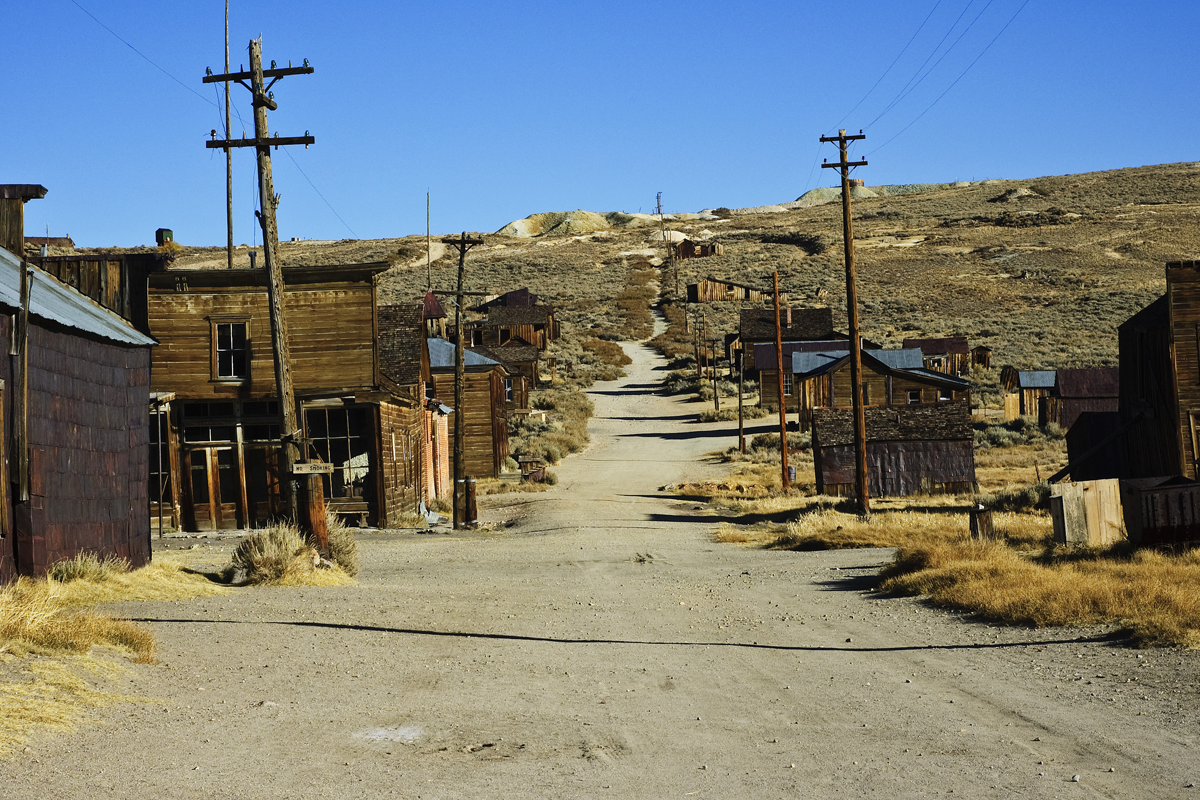
It’s been said that the history of the human race (after the invention of agriculture and large cities) is an oscillation from centralization to de-centralization. The tipping point comes when society climaxes in a gigantic attempt to centrally plan everything, only to collapse into a vast de-centralized mess and start over again.
Perhaps our individual brains also oscillate. When society is going toward full centralization, when one central source is allegedly providing everything, each individual is pure receiver, and does not feel any need to produce. Then when it finally collapses, we all must revert to our producer capacity and rebuild.
With no central authority (who was occupying the religious and mythological space in our brain), we must respond by returning to our natural producer-selves, and re-form the religious and mythical stories from scratch. Then the cycle repeats.
How long does a cycle last? The last massive collapse of centralization was the collapse of the Roman Empire. Curious that this is roughly the same time most world religions were created. There was another one a few thousand years before that (World War Zero), but historical records are scant. Some believe that previous collapse was later retold as the Trojan War. And that may have provided the previous “world religions” (Greek and Roman Gods, etc.) we now refer to as mythology.
Use Your Brain
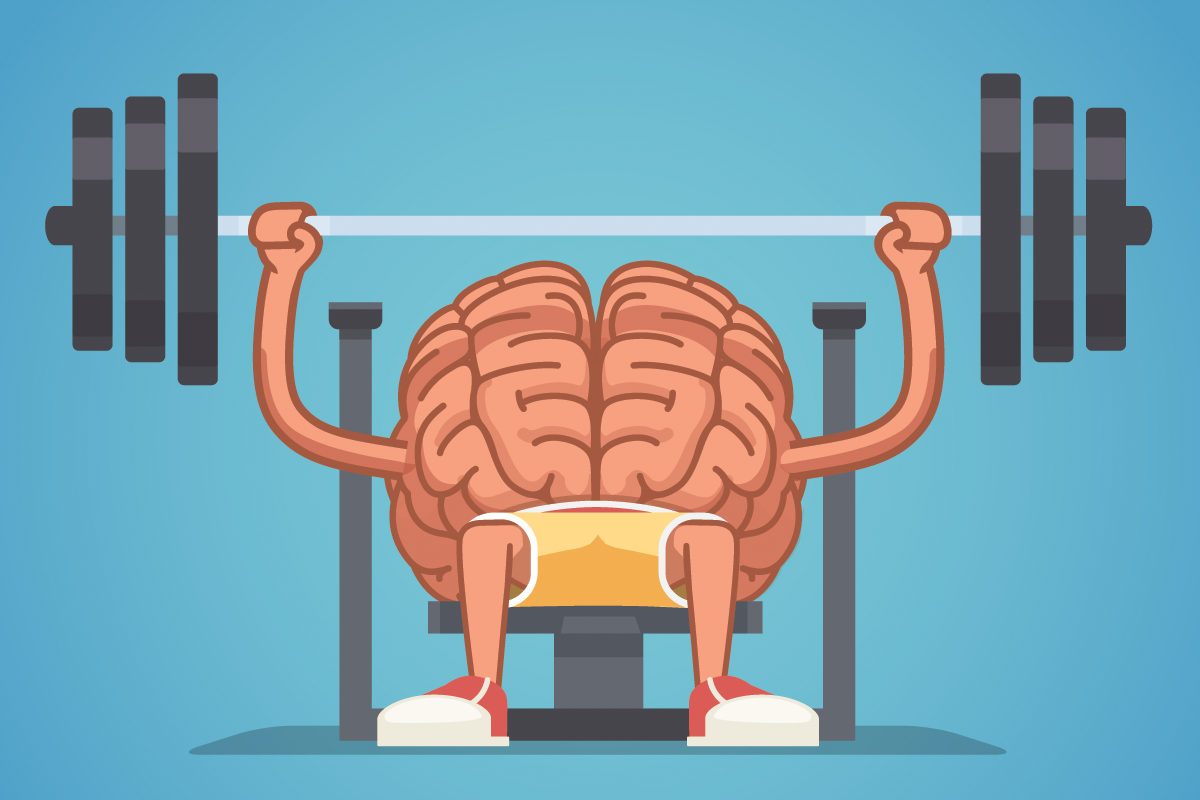
Our hallucinating capacity was built for a world far different than the one in which we currently live. Planning crops and hunting. Understanding and remembering mythological tales to inspire us to needed action. A collective idea of a god or gods to help us stay together as a tribe or community.
Decrease Personal Time Preference
One of the most powerful things you can do for yourself is to actively reduce your own time preference. The more you lower your own time preference, the more you’ll be able to control your own brain and your own hallucinations for your own purposes. More on time preference here.
Your Brain – Your Choice
The vast majority of humans is content to let their brains be used as resonance chambers. To be filled with the gods of the day, the mythology of the day, the mystical beliefs of the day. What about you? What about your amazing thought capacity to imagine, plan and fantasize? Why not give the elites the finger, and take back control of your brain?
Learn More
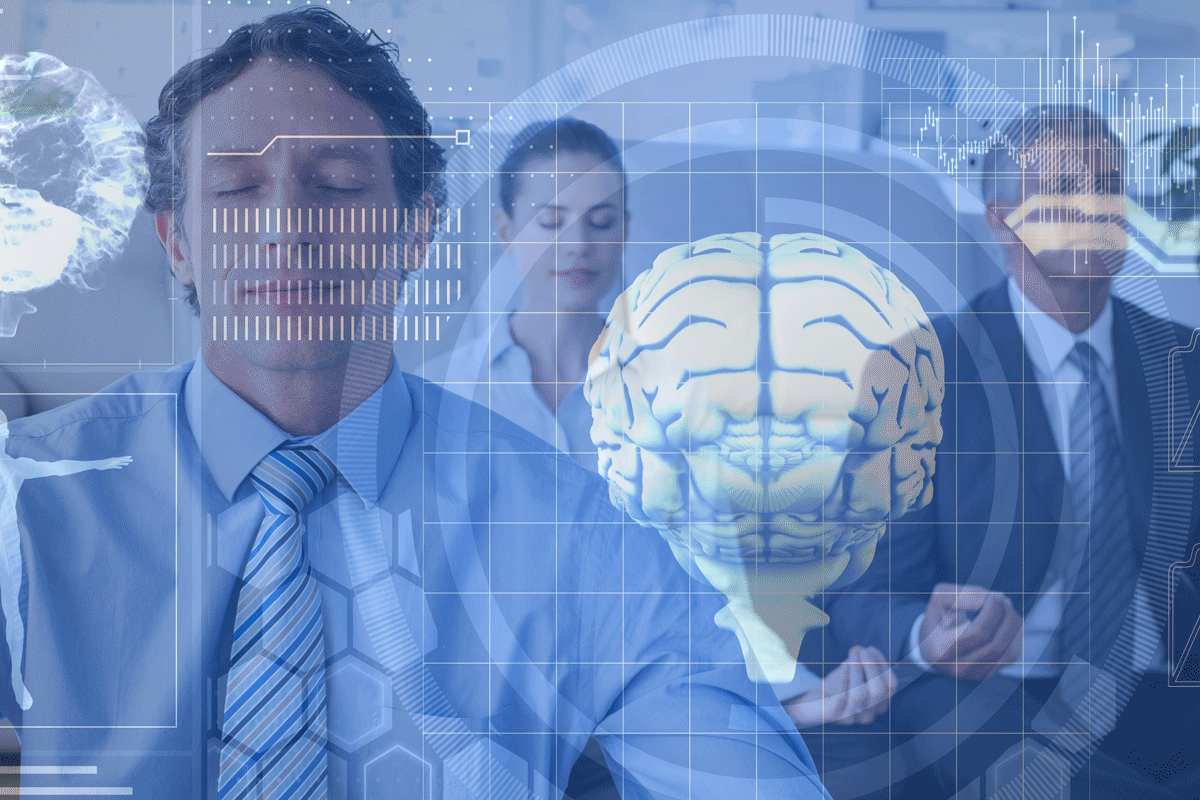
Mind Persuasion has plenty of books and courses designed to help you get the most out your brain, and your life.
Mind Persuasion Books
Mind Persuasion Subliminal Courses